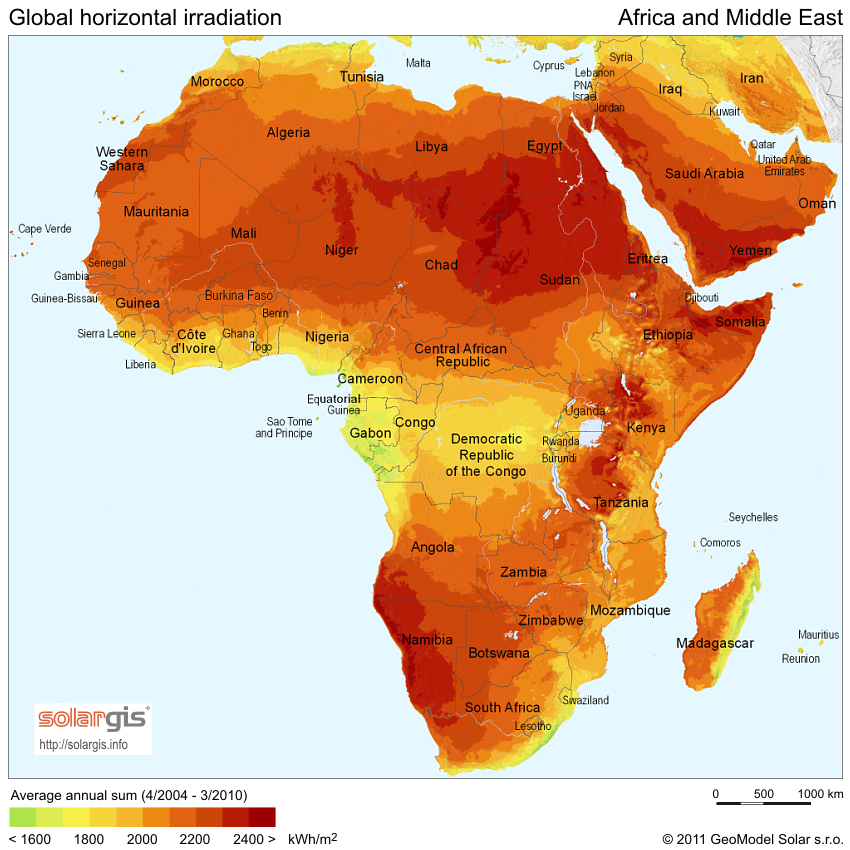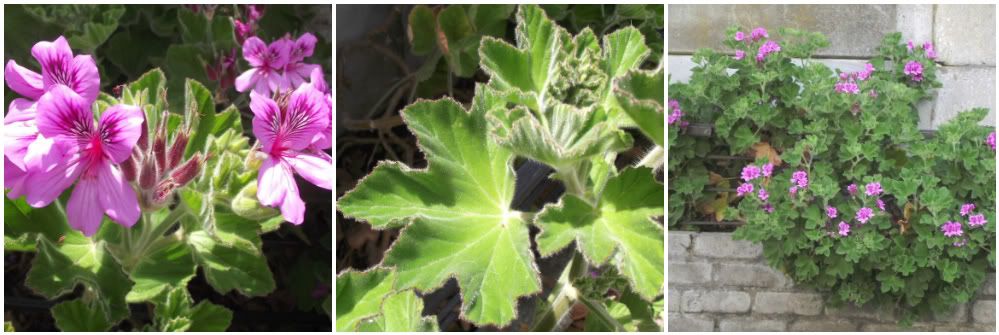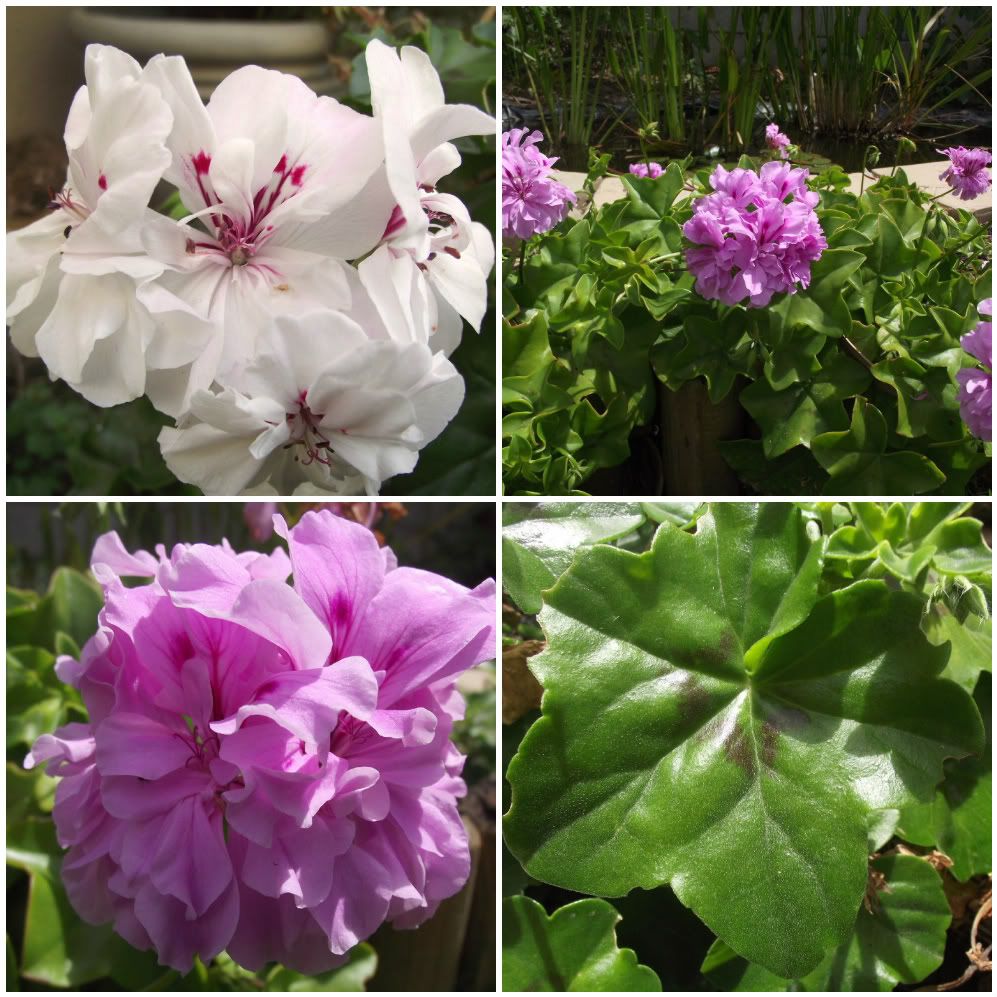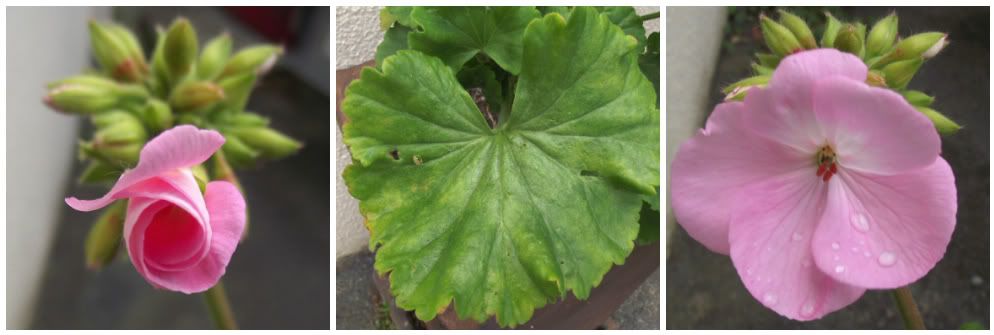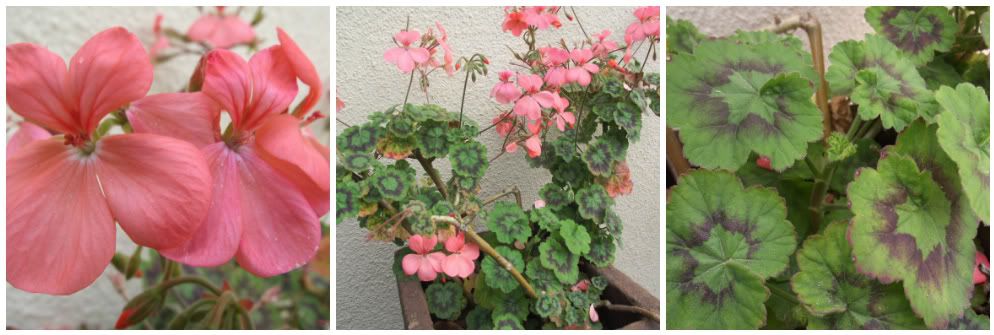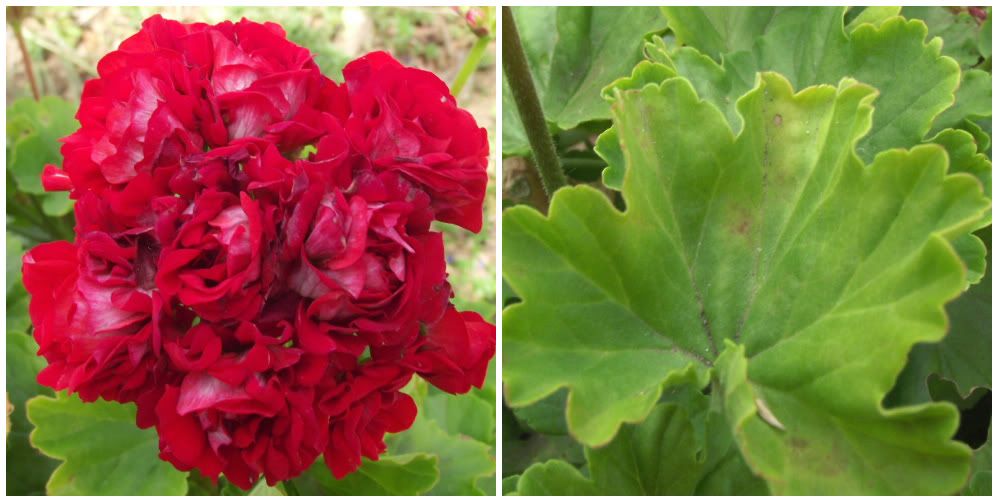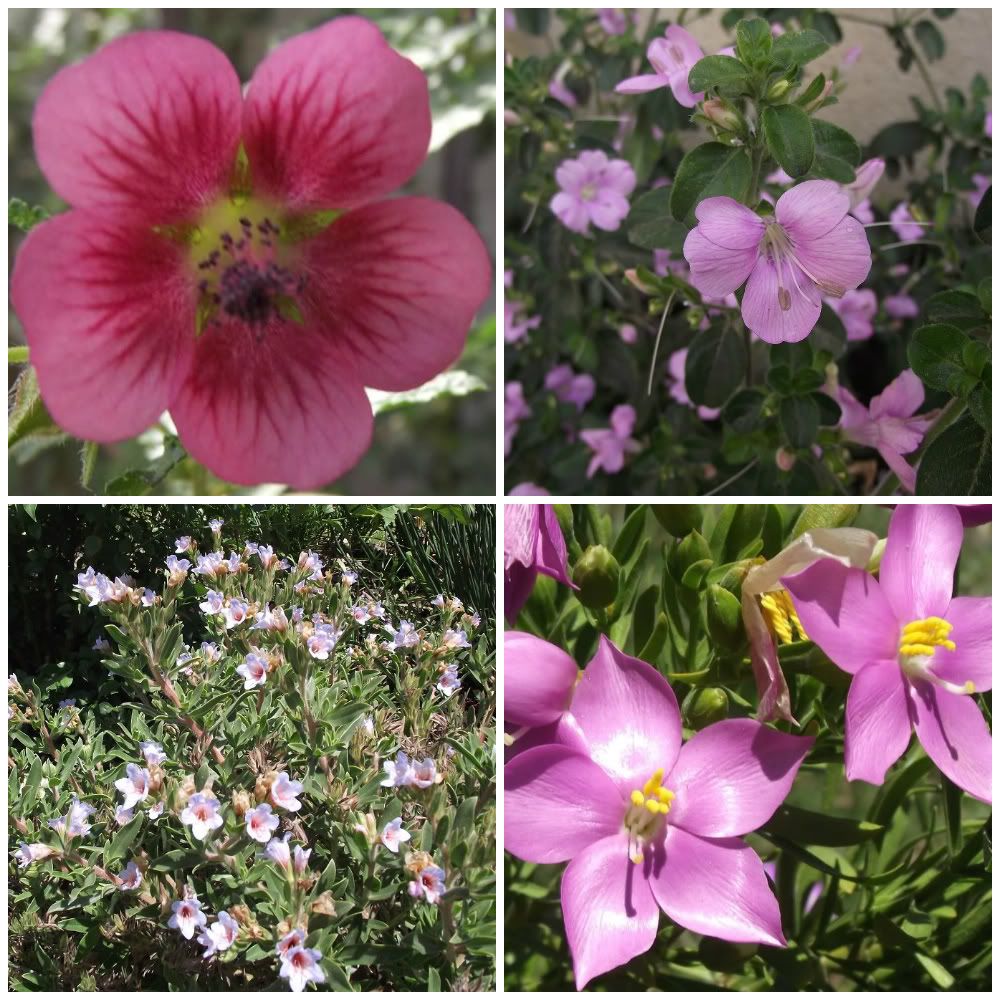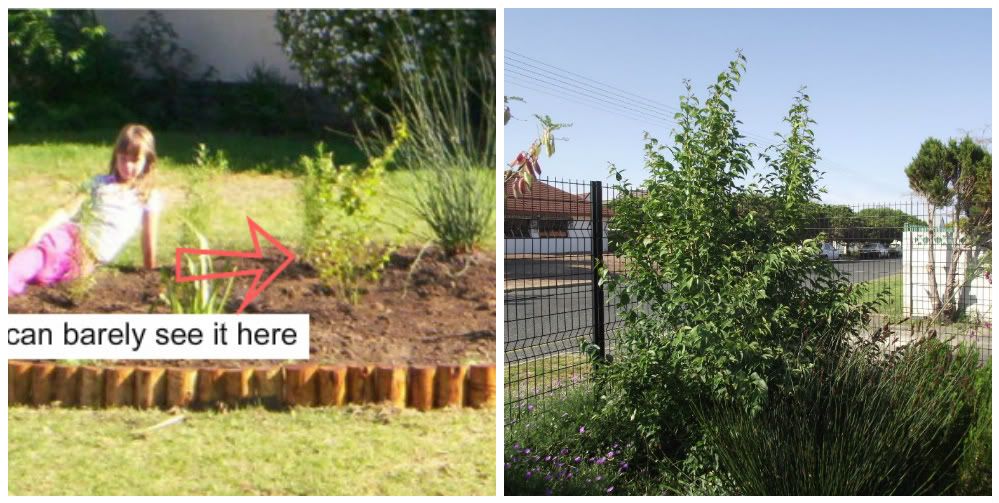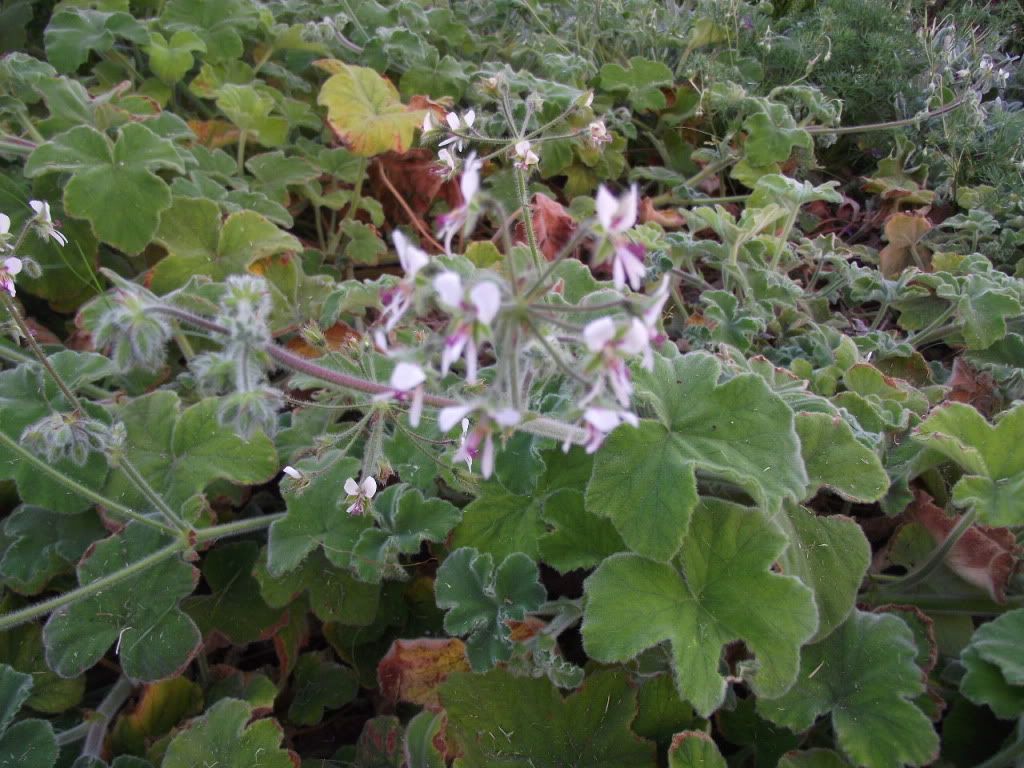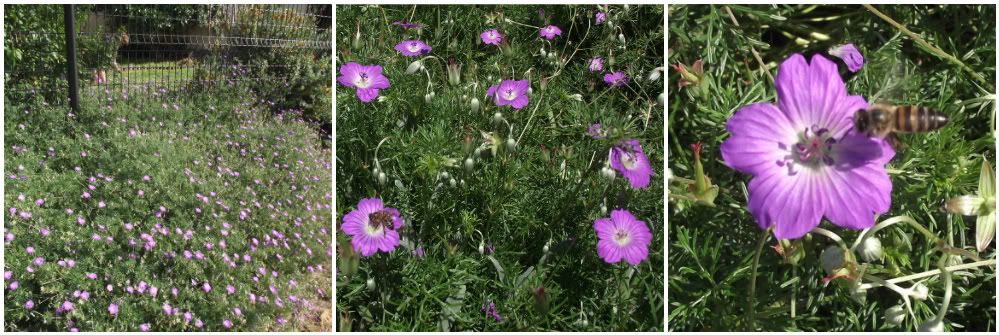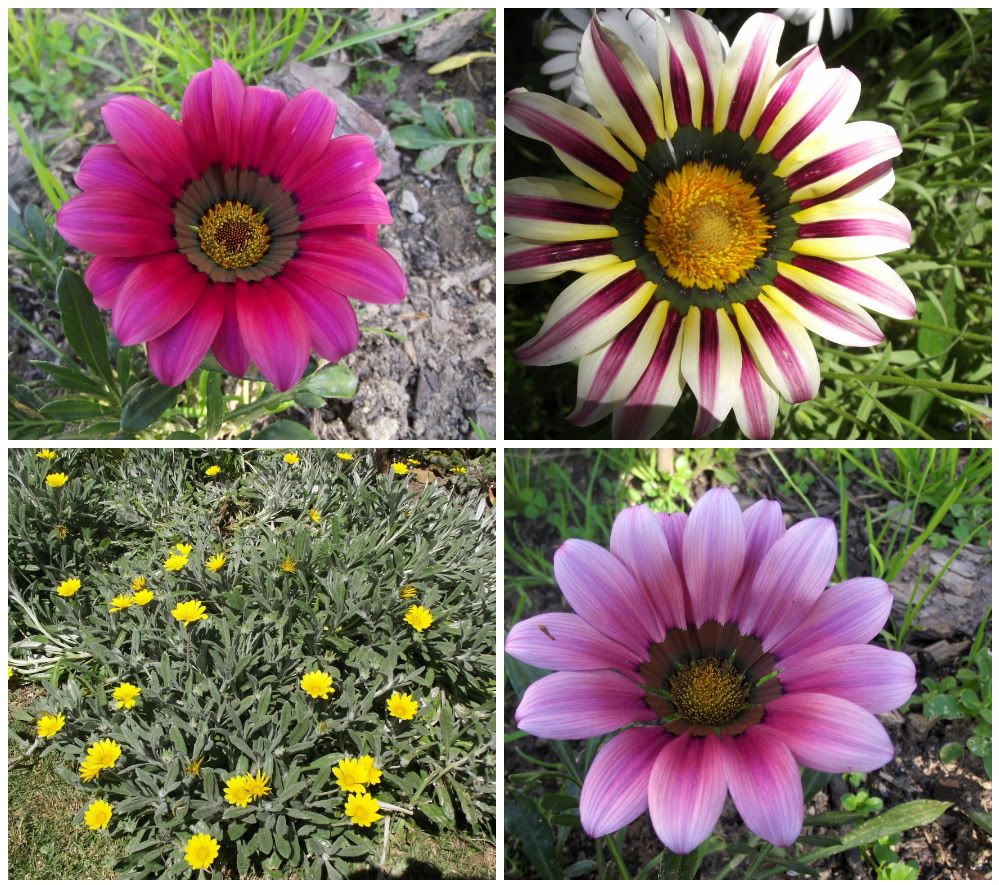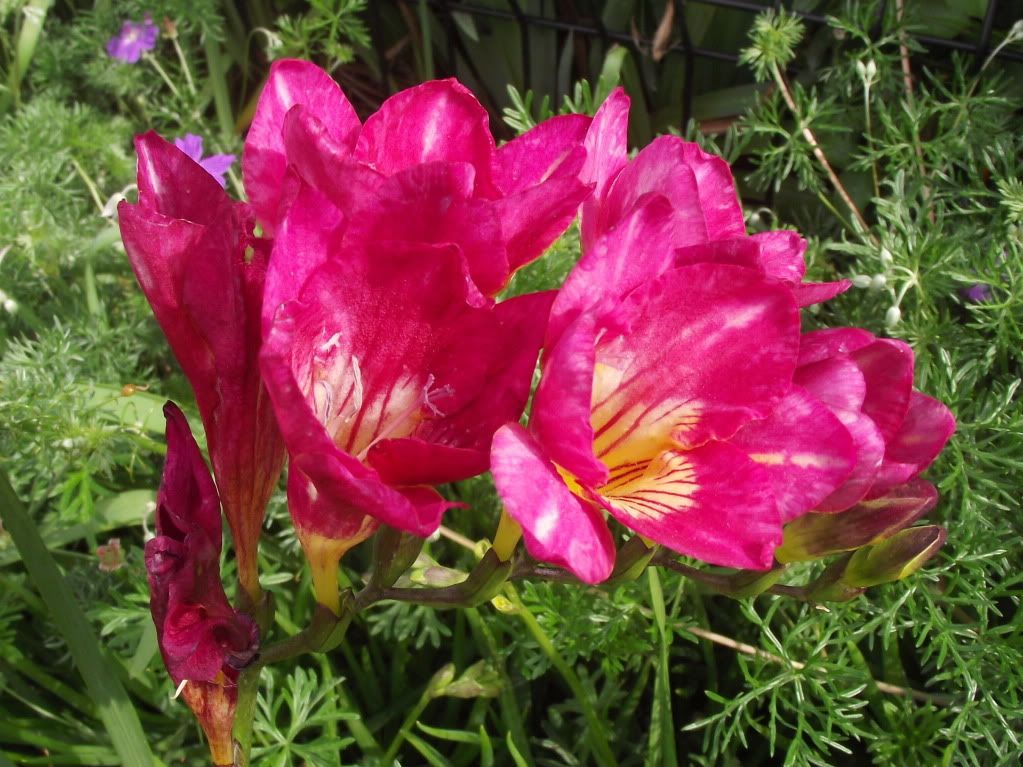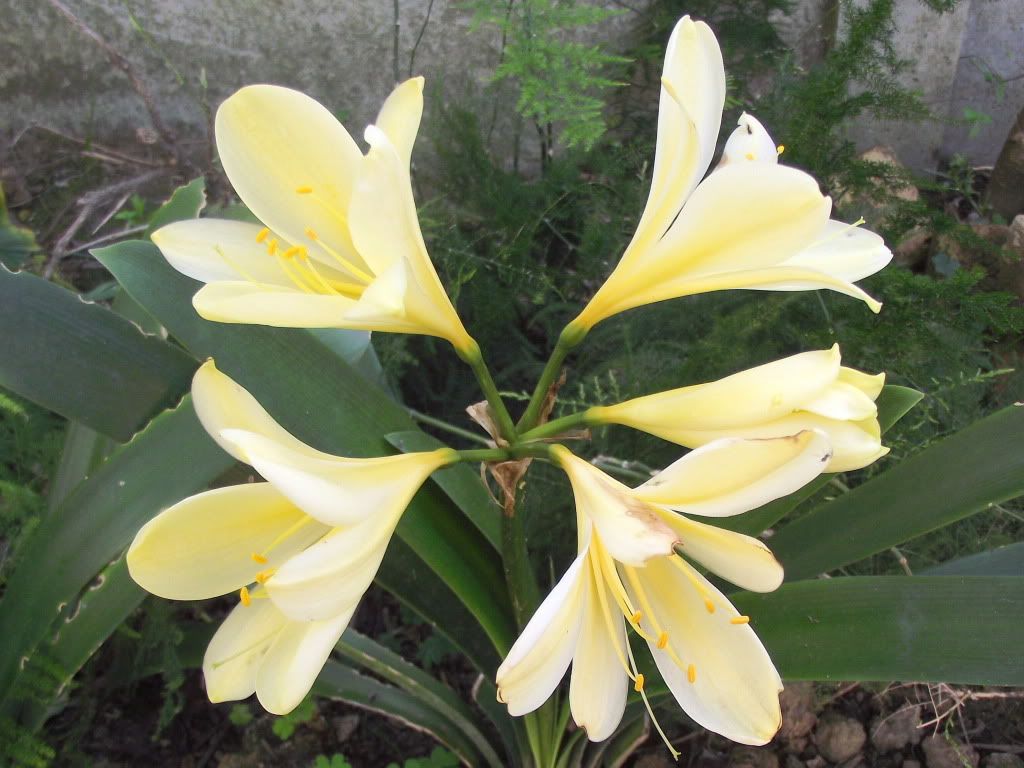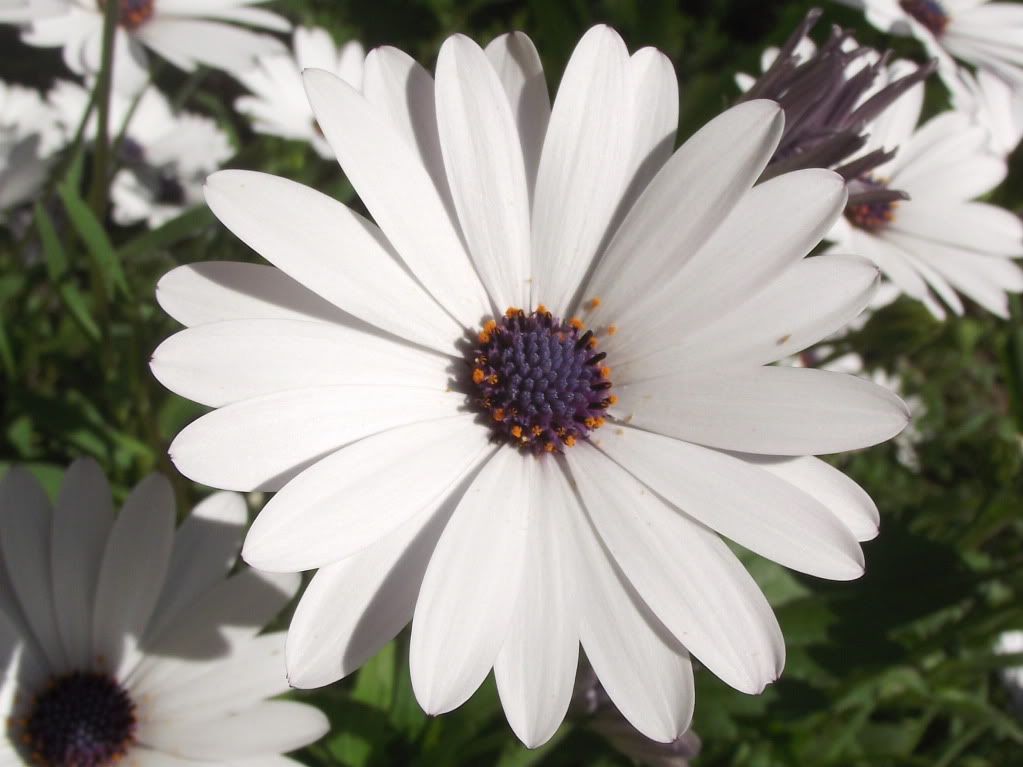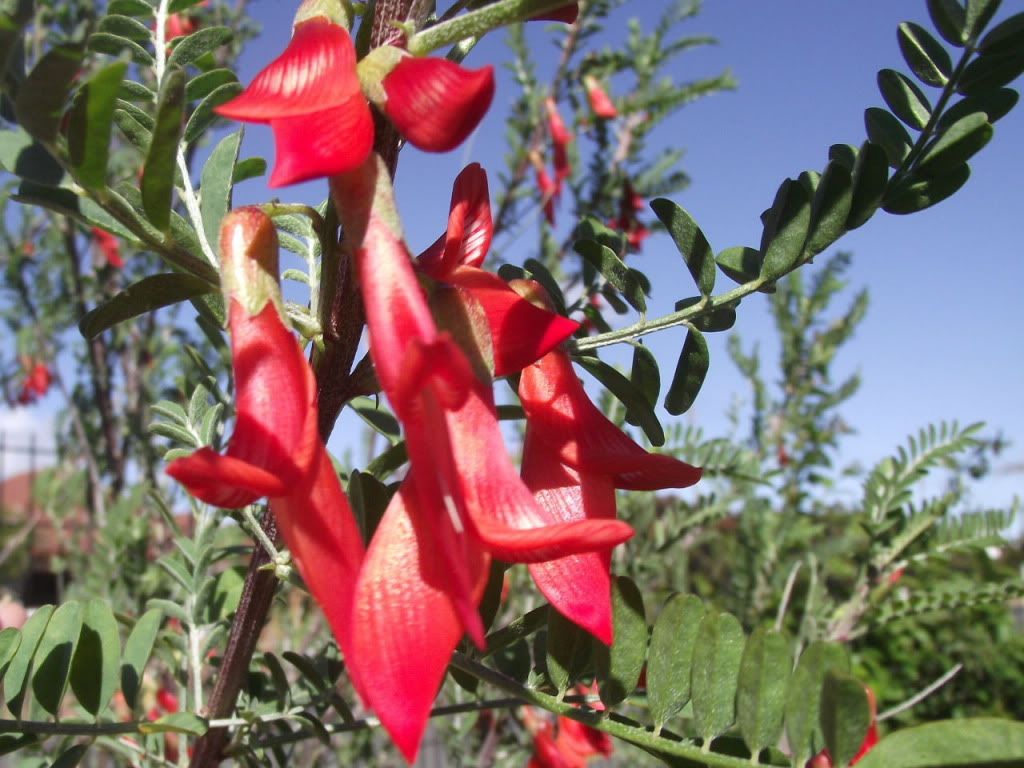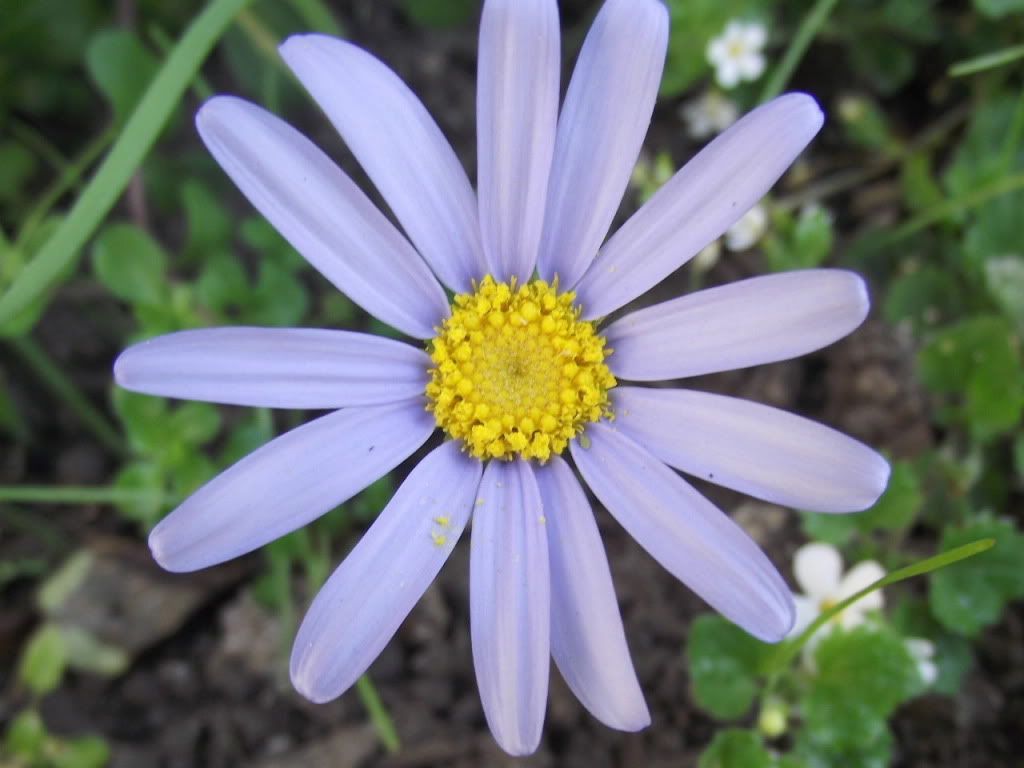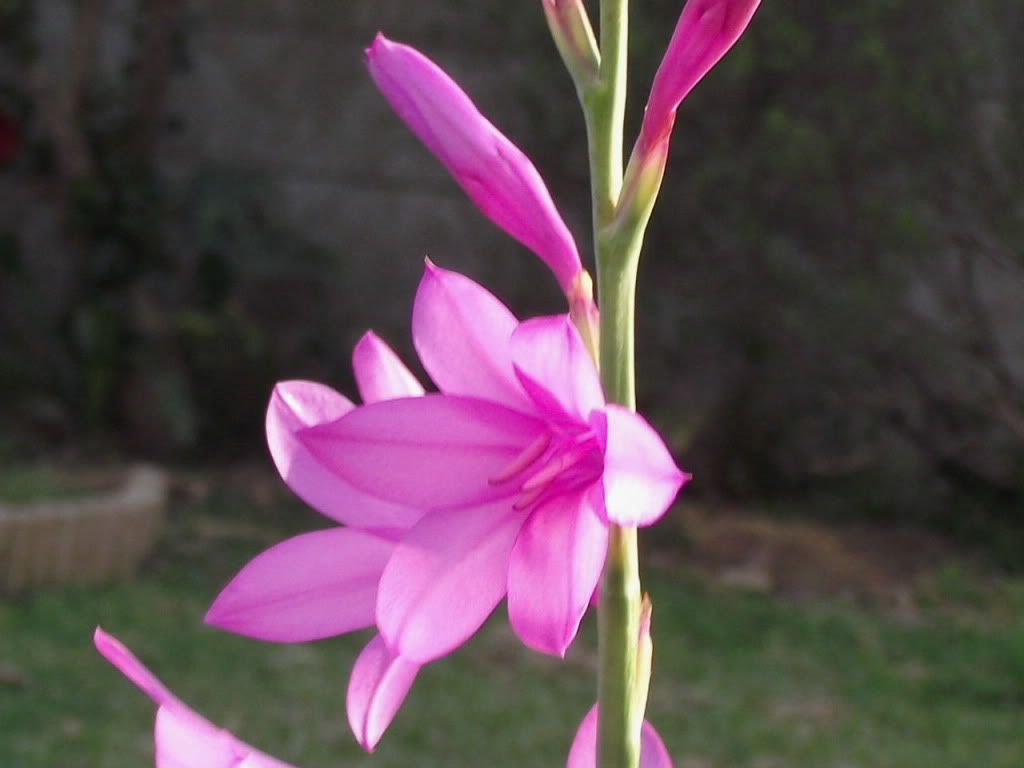It is mid October and that means we are well into the last quarter of the year, before we know it 2011 will be history.
Before that happens I think it's time for a garden update. I'll start first with the casualties. I lost both my wild Rosemaries, two of the three Orpheums and most recently my only Lobostemen. All of these were in the front bed that we planted in April 2010. Every one of them went from looking healthy to totally dead within 2 weeks of showing the first brown leaves. I am not sure but I think it may be root rot. We have clay soils under laid by a layer we call “koffie klip” - this is basically a 300mm thick layer of small stones cemented together by clay. Although we added copious amounts of compost to the bed I don't think we dug deep enough to penetrate the koffie klip. This essentially means that the roots can't get through, so they they become waterlogged in the upper layers and become susceptible to fungi.
The other casualties have been in my back garden where powdery mildew totally wiped out one of my Anisdonteas. It also affected my Barleria and Hypoestes so badly that I got fed up and ripped them all out. Any ideas of how to treat this? I have read that spraying with milk is supposed to help, so I am trying that on my remaining Anisdontea.
RIP
Clockwise from top left - Anisdontea, Barleria, Orpheum & Lobostemon
My ever present snails destroyed my only orange Clivia by eating right through the flower stalk just as the buds were about to open.
Although all of these failures were disappointing there are more than enough successes to make up for it.
The Halleria Lucida that we planted in April 2010 is now over 2 metres tall.
Oh yes we also added a fence to the front garden - yuck!
The Pelargonium capitatum has also doubled in size and is now in full bloom. Hopefully it will soon cover the ugly wall.
Pelargonium cuculatum
The flowers on the Pelargonium tomentosum are insignificant but I can't resist touching the soft furry leaves and enjoying the peppermint scent that they release.
Pelargonium tomentosum
The Geranium incanum flowers for eleven months out of twelve and is popping up like a weed in almost all my other beds. This is great as it is filling up all the gaps.
Geranium incanum
Gazania rigens is another amazing ground cover, it also flowers almost all year round and grows really fast in full sun, tolerating long periods of drought once established. You can't beat Gazania krebsiana for a stunning winter display, they have been flowering since June but they will stop flowering soon and their leaves will curl up showing their furry undersides to the hot summer sun.
Yellow Gazania rigens, an ugly duckling compared to the others, but it does flower for much longer.
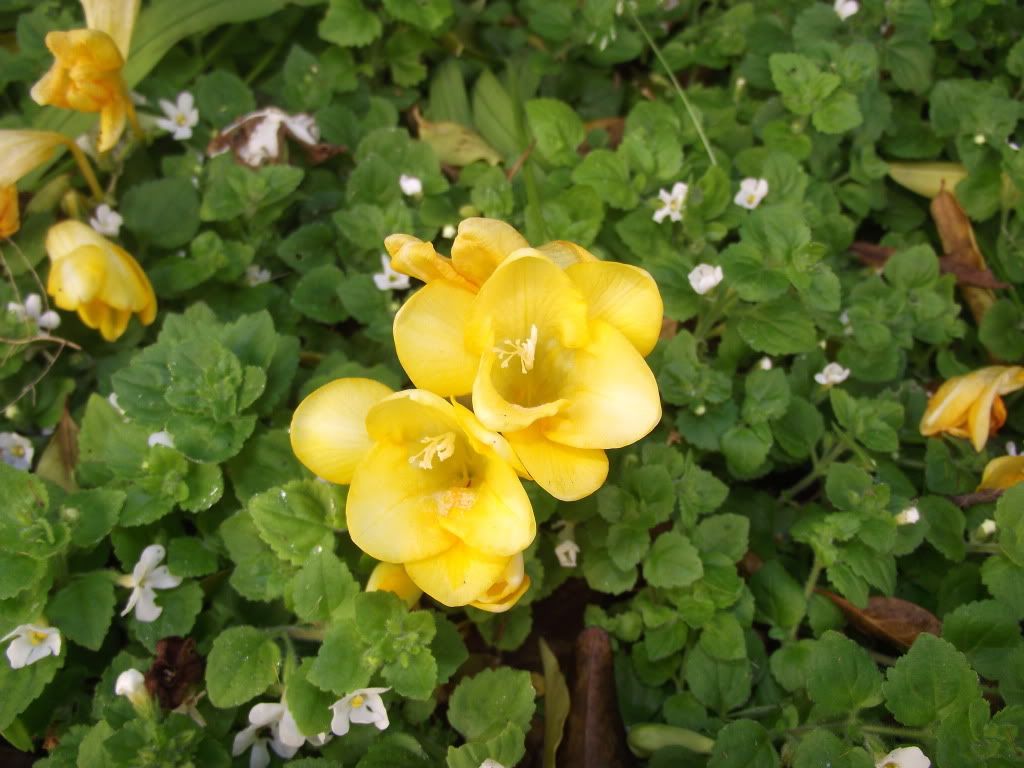
The Freesias always put on a lovely display in early spring.
I bought some Clivias at a nursery sale, they were not flowering at the time so I assumed they would be the common orange ones - but look what I got! This is the only one of the four to flower - can't wait to see what the others are.
Dimorthopeca pluvalis grown from seed.
Sutherlandia frutescens- I planted two of these bushes, this one has grown much faster and put on a stunning display of flowers in Spring.
Felicia amelloides - such a versatile plant. I have them growing as a border around our veggie garden where they receive blazing hot summer sun, but they do just as well in the front garden where the bed receives only a little morning sun.
Watsonia borbonica - only one of my bulbs has flowered so far, maybe I will be lucky and get a few more before their short flowering season is over.













